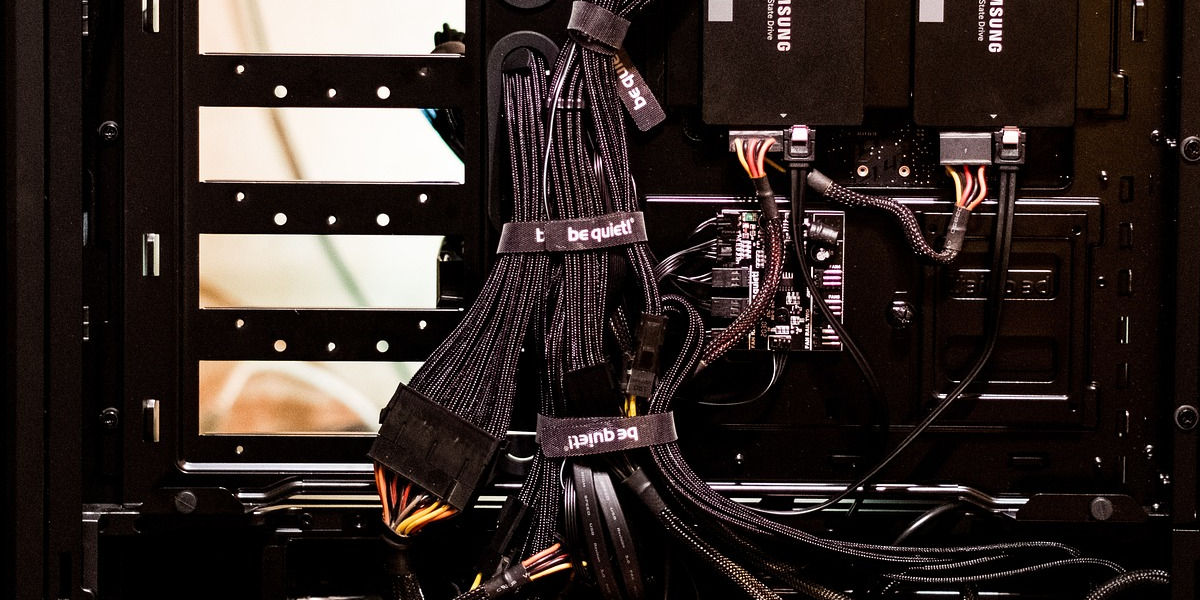In the digital age, technology evolves at a breathtaking speed, consistently revolutionizing how we interact with the world around us. A prime example of such technology is edge computing. Its potential for transforming industries is enormous, yet many people still find themselves asking, "What is edge computing?" Hence, in this article, we will attempt to deliver a comprehensive edge computing explained.
Understanding Edge Computing: A Simplified Explanation
Edge computing is a cyber-physical system architecture designed to help organizations manage the ever-increasing volume of data their operations create. It pushes the computational processes from data centers and the cloud to 'the edge' ñ nearer or to the actual sources of data like IoT devices.
This process reduces the latency and cements real-time data analysis's capability, paving the way for instant and more informed decisions. It is particularly indispensable for applications where the delay caused by sending data halfway around the world to be analyzed would be unacceptable, such as in autonomous driving or remote surgeries.
In traditional cloud computing models, devices would send data to a central repository for processing. This could introduce time lags, and for applications working with mass data volumes, it becomes inefficient. Edge computing effectively tackles this problem by bringing processing capabilities closer to where the data is generated. Hence, it boosts efficiency and speed.
The Alluring Benefits of Edge Computing
Now that the question 'what is edge computing?' has been addressed, let's delve deeper into understanding the advantages edge computing provides. Here, we will outline the primary benefits of edge computing.
1. Reduced Latency: As mentioned previously, by moving the computational processing to the source, edge computing significantly decreases latency. This makes it critical to applications necessitating real-time responses.
2. Enhanced Privacy and Security: By keeping sensitive data closer to where it's generated and applied, edge computing reduces the risk of privacy and security breaches that are associated with transmitting and storing data in the cloud or a centralized server.
3. Saving Bandwidth: By processing data locally, edge computing reduces the volume of data needing to be transported to a central server or cloud, ultimately conserving bandwidth and easing network traffic.
4. Improving Reliability: A significant benefit of edge computing is that it provides a fail-safe against internet or server outage. As the computational processing and storage remain local, edge computing allows applications to continue operating even if the network connection is lost.
In summary, edge computing holds a wealth of benefits for organizations, especially those dealing with immense data volumes and requiring real-time analysis. The improved efficiency, reduced latency, enhanced security, and bandwidth savings it offers are revolutionizing how businesses operate and grow in the digital age. As we continue to tread the path of digital transformation, the role of edge computing promises to become more pivotal than ever.
Evolution of Edge Computing
Edge Computing, over the years, has been elected as a transformative technology. It has fundamentally shaped the way we consume and disseminate data. Interestingly, it's an evolutionary product of the Cloud Computing architecture, bearing in mind the evergreen need for quick and efficient data processing.
The bedrock of this innovation is not really the idea of generating data, but rather how effectively processed data can be utilised and maximised for optimized results. Backed by improved technology infrastructure and Internet of Things (IoT) explosion, Edge computing is blazing a trail in the world of efficient data processing.
The Intricacies of Edge Computing
So what exactly is Edge Computing, considering all its tech jargon? At its core, Edge Computing is designed to bring computation and data storage closer to the location needed, to improve response times and save bandwidth. It's ingeniously designed to bridge the gap between data, computation, storage and applications.
Edge Computing involves decentralising the conventional, centralized computation structure (data centers) by literally taking the "computing" to the "edge" where the data sources are prevalent. By incorporating localized micro data centers or Edge devices, Edge Computing helps to compute at the source of data generation. This helps reduce latency, increase speed and ensure the seamless functioning of Internet services, particularly in remote or rural areas where internet connectivity tends to be poor.
Perks That Edge Computing Brings Forward
No technology would stand the test of time, if it wasn't backed by a wealth of benefits. Similarly, Edge Computing is not just about immediate data processing. There's more to it - let's take a closer look.
Arguably one of the major benefits of Edge Computing is the speed it accrues to all its processes. Quick data analysis culminates in timely decision-making, which is revered in today's fast-paced world. By creating shorter paths between the data sources and their processing units, Edge Computing ensures limited latency and real-time data processing.
Edge computing also contributes to overcoming bandwidth costs. As more and more devices connect to the internet, the traffic influx can be overwhelming ó commonly leading to network bottlenecks. Edge computing helps reduce transmission costs by performing data processing near the source, reducing the amount of data that traverse the network.
Security and privacy are also top-notch with Edge Computing. Data is less vulnerable to an attack or breach when it doesn't have to travel over a network. Local storage and processing keep sensitive data protected in the Edge device itself, rather than leaving it exposed on a network.
Finally, Edge Computing fosters scalability. As IoT usage increases, Edge Computing provides the necessary scalability to integrally handle a large amount of data generated by these devices.
Wrapping Up
As the Edge Computing horizon expands, we find ourselves in the midst of a novel digital era geared towards swift, efficient and secure data processing. With an array of unmatchable benefits and potential for future enhancements, Edge Computing will undoubtedly continue to evolve and inspire the technological world to evolve with it.




